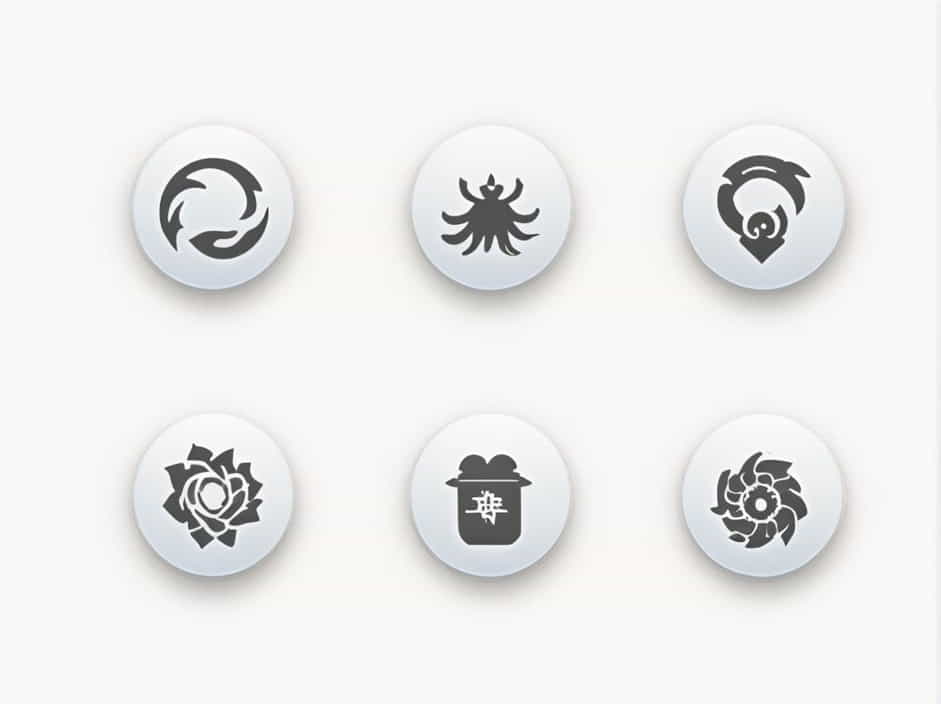The term “oriental” has been used for centuries to describe things related to the East, particularly Asia. However, in modern times, the word has become controversial, with some considering it outdated or even offensive.
This topic explores the meaning, historical context, modern usage, and cultural significance of the word oriental.
Definition of Oriental
The word oriental originates from the Latin word “orientalis,” meaning “eastern” or “of the East.” Traditionally, it has been used to describe people, cultures, and objects from:
- East Asia (China, Japan, Korea)
- Southeast Asia (Vietnam, Thailand, Indonesia)
- South Asia (India, Pakistan, Bangladesh)
- The Middle East (Persian, Arab, and Turkish regions)
For example, terms like “oriental rugs” or “oriental spices” were commonly used to describe goods from Asia.
Historical Context of the Term Oriental
1. The European Perspective
During the colonial era, Western countries referred to the East as the Orient and used “oriental” to describe its people and culture. The term was often used in literature, art, and trade.
2. Orientalism and Its Influence
The concept of orientalism was popularized by scholar Edward Said in his 1978 book Orientalism. He argued that the West often stereotyped and romanticized the East in a way that was simplistic and misleading.
For example, Western paintings and stories often depicted Asian cultures as exotic, mysterious, or backward, reinforcing stereotypes.
Modern Usage: Why Is the Term Controversial?
1. Shift in Language and Sensitivity
In the past, “oriental” was widely accepted. However, in recent years, many people consider it outdated or offensive, especially when referring to people.
In the United States, the term has been largely replaced with “Asian” when describing ethnicity or culture.
2. Differences in Global Perspective
While the word is sensitive in the Western world, some countries still use it in a neutral or positive way. For example:
- In Europe, “oriental” is sometimes used to describe Middle Eastern or Asian food.
- In Asia, the term may still appear in brand names, businesses, and cultural descriptions.
3. Legal and Political Changes
In 2016, former U.S. President Barack Obama signed a law removing the word “oriental” from federal documents, replacing it with “Asian American” to promote respectful language.
Appropriate Usage of Oriental Today
1. Acceptable Uses
- Oriental rugs – Refers to handcrafted carpets from Asia and the Middle East.
- Oriental medicine – A term used for traditional Chinese and herbal medicine.
- Oriental cuisine – Sometimes used in food descriptions but is becoming less common.
2. Inappropriate Uses
- Referring to people – Instead of saying, “She is oriental,” it is better to say, “She is Asian.”
- Generalizing cultures – Avoid using “oriental” as a broad term for multiple Asian cultures, as each has its own identity.
Cultural Significance of the Term
1. Oriental Art and Design
Despite the controversy, oriental art, textiles, and architecture remain popular. Designs inspired by Chinese calligraphy, Japanese prints, and Persian carpets are still admired worldwide.
2. Influence on Global Culture
Asian traditions have influenced fashion, music, cinema, and philosophy, showing a lasting impact beyond the historical use of the word.
The meaning of oriental has evolved over time. While it once simply meant “eastern,” modern discussions highlight its complex historical and cultural context.
Today, it is best to use specific and respectful terms when referring to people and cultures. Understanding language changes helps promote mutual respect and cultural appreciation.
